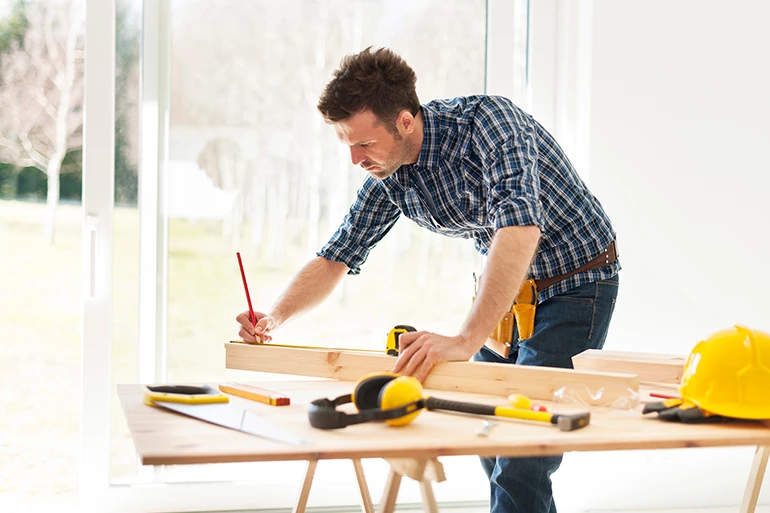Fireplace Installation Checklist (for All 9 Stages)
Congratulations on deciding on a new fireplace for your residence! You've taken the first step to add amazing value to your home. Now, you just need to get through the installation phase.
To help ease this process, eFireplaceStore has created a series of checklists to assist you with the various steps of fireplace installation. Whether you choose to use them as a reference during the DIY installation process or to keep up with the build stages while working with a professional installer, these checklists will help make sure you know where you stand with your new fireplace every step of the way.


